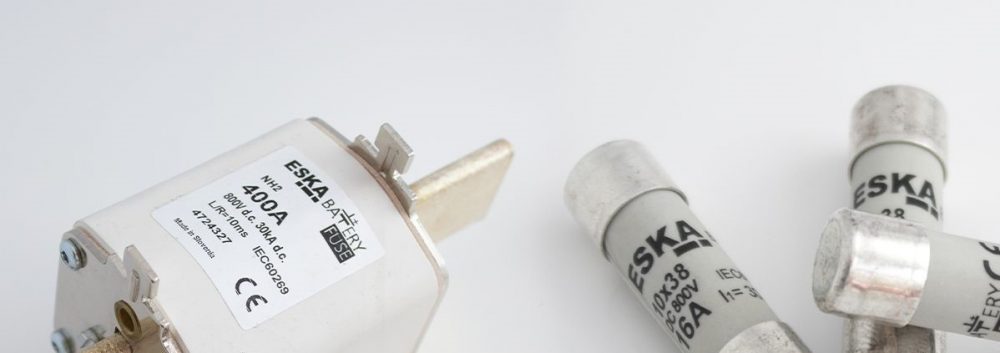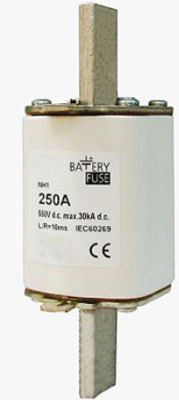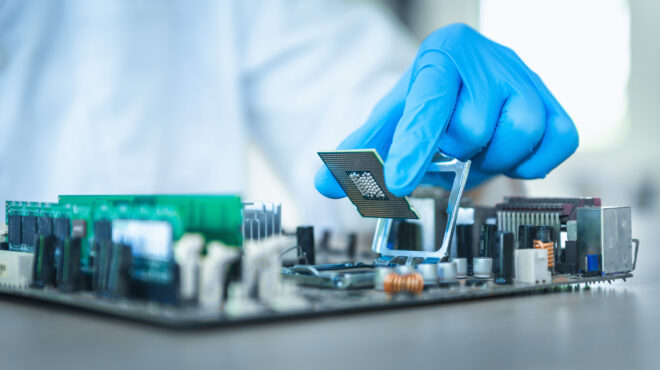
A little Extra with a Big Effect: The Benefits of Battery Fuses
Fuse links are often the little extra in battery technology, but can have a big effect. They provide protection and safety when using batteries and, in the worst case scenario, can even prevent fires. Learn more about the benefits of battery fuses in this blog post.
Battery technology has made enormous progress in recent years and has become an important part of our daily lives. Whether in smartphones, laptops or electric cars – hardly anything runs without batteries today. The batteries used range from button cells to large storage systems with a high energy density. However, the use of batteries also involves risks, especially if they are overcharged or short circuits occur. To minimize these risks, battery fuses have become indispensable. They protect not only the battery itself, but also the device in which it is used, from damage due to overheating or explosions. The manufacturer ESKA has dealt intensively with this issue and offers battery fuses specially designed for these requirements. These meet the new IEC 60269-7 standard published in 2021, which defines the characteristics and properties of the fuses.
What are the advantages of battery fuses?
There are many advantages associated with the use of a battery fuse. One of the most important benefits is improved safety. Using fuses can prevent overheating and short circuits that can lead to fires or explosions. In addition, the use of a fuse can also extend battery life by protecting against overload and deep discharge. Another important function is that they can help improve battery performance by controlling current flow and ensuring proper charging current. This can help the battery charge faster and have a higher capacity.
Overall, fuses help improve battery reliability and performance while minimizing the risk of accidents or damage. Given the growing importance of batteries in many applications, it is critical that manufacturers and developers ensure that their products are equipped with high-quality fusing devices.
Battery fuses for every application from ESKA
It’s a big challenge to meet fuse requirements when it comes to battery power density and fire hazard. But ESKA products meet the IEC 60269-7 standard, making them ideal for tackling these challenges.
Depending on the application, there are different designs of ESKA fuses. For rated currents of a few amperes, 10×38 mm fuses are suitable, while NH3L fuses with several hundred amperes are available for large batteries with high currents and energy densities. The rated voltage of ESKA fuses ranges from 550 V DC to 1,500 V DC. In order to also protect against high short-circuit currents, the ESKA fuses have a rated breaking capacity of at least 30kA up to 100 kA. This ensures reliable protection against overcurrents and short circuits.
What new developments can we expect in the field of battery fuses?
One important development is the use of so-called “intelligent” fuses. These fuses can not only detect overcurrent and short circuits, but also monitor the condition of the battery and switch it off if necessary. This increases safety and enables a longer battery life. Another development is fuses with high switching capacity that respond quickly and reliably even at high currents. This is particularly important for high-power applications such as electric vehicles or energy storage systems for renewable energies. The use of high-performance semiconductors in combination with a fuse also enables higher battery efficiency and performance.
The benefits of fuse links in battery technology
In summary, fuse links in battery technology are a little extra with a big impact. Not only do they protect the battery from overloads and short circuits, but they can also improve battery performance. By using a high-quality battery fuse, the efficiency of the battery is increased, which also extends its lifespan. In addition, fuses allow for higher capacity and faster charging time. New developments in fuse technology, such as the use of smart fuses, open up even more opportunities to improve battery performance and safety.






